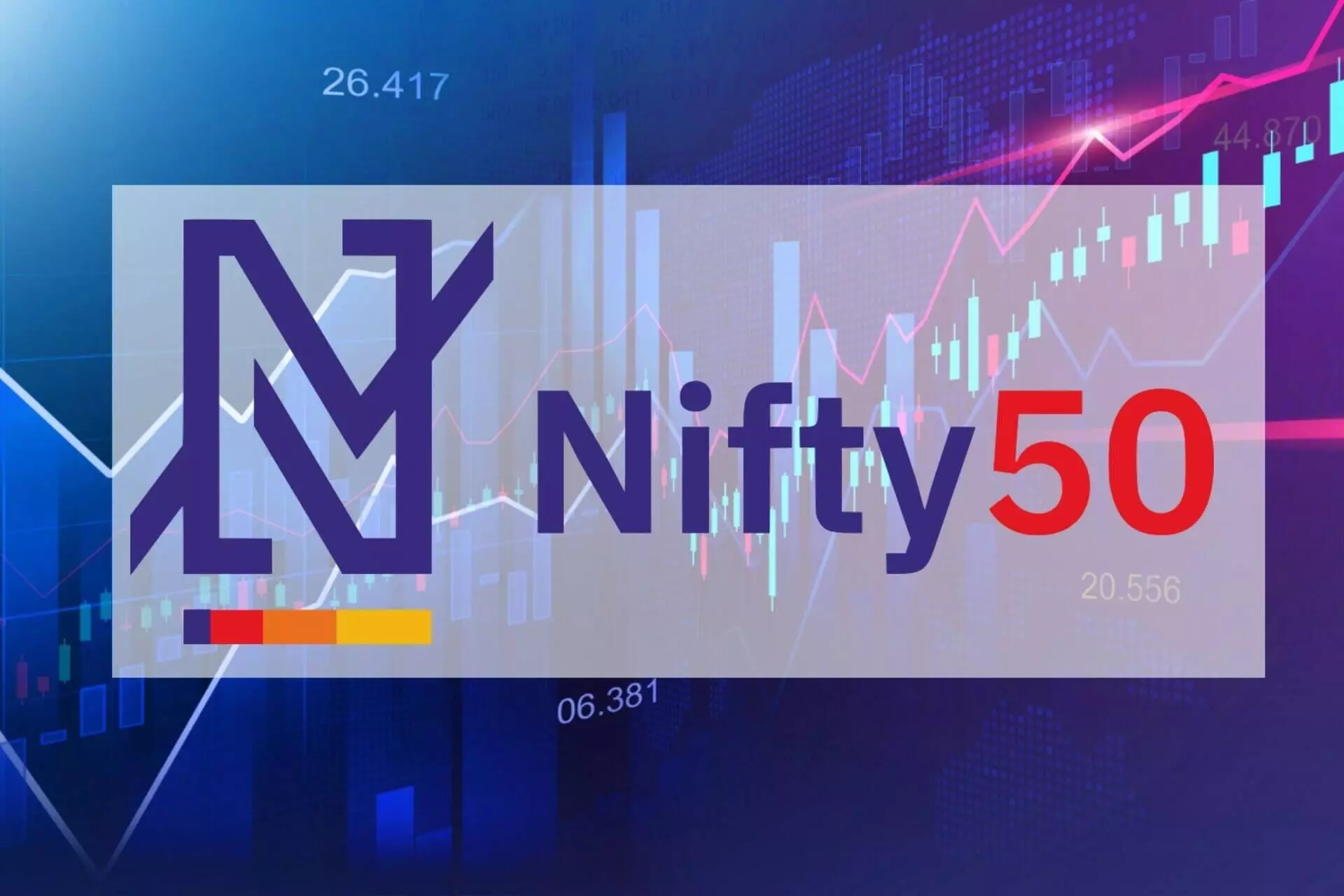Nifty 50, Sensex rally for third day on strong FPI inflows
Nifty 50, Sensex rally for third day on strong FPI inflows

Indian stock markets extended their winning streak on Thursday, climbing for a third consecutive session, driven by continued buying from foreign portfolio investors (FPIs) and easing global trade worries.
The Nifty 50 index jumped 1.77%, or 414.45 points, to close at 23,851.65, while the Sensex surged 1.96% to 78,553.2. Since hitting its intraday low of 21,743.65 on 7 April, the Nifty 50 has bounced back 7.43%.
Markets had tumbled over 5% earlier this month after US President Donald Trump announced sweeping tariffs on April 2. However, sentiment quickly turned after Trump paused tariffs on most trading partners except China. By 15 April, the Nifty had erased its losses and has since built on those gains.
According to provisional data from the NSE, FPIs were net buyers for the third straight day on Thursday, purchasing equities worth ₹4,668 crore. Over the last three days, FPI inflows have totaled ₹15,492 crore. Meanwhile, domestic institutional investors (DIIs) sold shares worth ₹6,470 crore during the same period.
“It’s rare to see FIIs being consistent net buyers over several days, something we haven’t seen much in the last six months,” said Alok Agarwal, head of quant and fund manager at Alchemy Capital Management.
Banking, financial services, and insurance (BFSI) stocks remained a top pick for FPIs, thanks to their heavy weight in the benchmark indices. Agarwal attributed the sector’s strength to the Reserve Bank of India’s interest rate cuts and banks reducing deposit rates, leading to a cost advantage.
“Factors like rate cuts, better margins, and revived FPI interest are all supporting the BFSI sector and boosting market momentum,” he added.
Among the day’s biggest Nifty movers were ICICI Bank, Reliance Industries, HDFC Bank, and Bharti Airtel. Sectorally, financial services, oil and gas, and telecom led the gains.
The broader markets also tracked this rally, with the Nifty 500 and BSE 500 indices closing 1.31% higher.
Global cues were largely positive as well. In Asia, Hong Kong’s Hang Seng rose 1.61%, Kospi added 0.94%, and Shanghai Composite edged up 0.13%.
Despite this rebound, the Nifty 50 is still 9.02% below its all-time high in September 2024, a level it lost after foreign investors exited over valuation concerns and weak earnings outlooks. The recent tariff uncertainties only added to the volatility.
In response to market conditions, the Reserve Bank of India lowered its benchmark lending rate on 9 April, with Governor Sanjay Malhotra citing concerns over the trade war’s impact.
India’s retail inflation also provided relief, falling to a 67-month low in March at 3.34%, down from 3.61% in February and 4.85% a year ago, mainly due to softer food prices, according to government data.
“Expectations of further policy easing, ample banking liquidity, and improving trade talks have lifted market sentiment,” said Akshay Chinchalkar, head of research at Axis Securities.
He noted that a mix of robust earnings expectations, favorable liquidity, FPI interest in large-caps, and relatively limited impact from the tariff war on India has supported the rally so far.
However, experts warn that investors should closely watch currency movements, bond yields, and corporate earnings this season.
“Countries might counter tariff effects through supportive fiscal and monetary measures,” said Ashish Gupta, CIO at Axis Mutual Fund. “But rising bond yields could limit the room for further policy easing. Earnings growth trends will be key in this environment.”
Since 1 January, the Dollar Index has declined by 9.06%, with a 4.16% fall since April 2 when the tariffs were announced.
While Trump’s tariff policies have rattled global markets, India appears relatively resilient. A report by Moody’s Ratings stated that India should weather this latest round of US tariff hikes with minimal fallout, though warned that broader trade tensions could dampen global growth and credit conditions.

